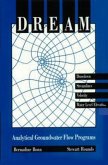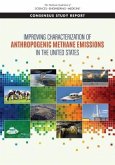Water Pollution Calculations: Quantifying Pollutant Formation, Transport, Transformation, Fate and Risks provides a comprehensive collection of relevant, real-world water pollution calculations. The book's author explains, in detail, how to measure and assess risks to human populations and ecosystems exposed to water pollutants. The text covers water pollution from a multivariate, systems approach, bringing in hydrogeological, climatological, meteorological processes, health and ecological impacts, and water and wastewater treatment and prevention. After first reviewing the physics, chemistry, and biology of water pollution, the author explores both groundwater and surface waters. This is followed by an in-depth look at water quality indicators, measurements, models, and water engineering. Groundwater remediation, risk assessment, and green engineering round out the text with forward-thinking ideas towards sustainability. This invaluable reference offers a practical tool for those needing a precise and applicable understanding of different types of water pollution calculations.








